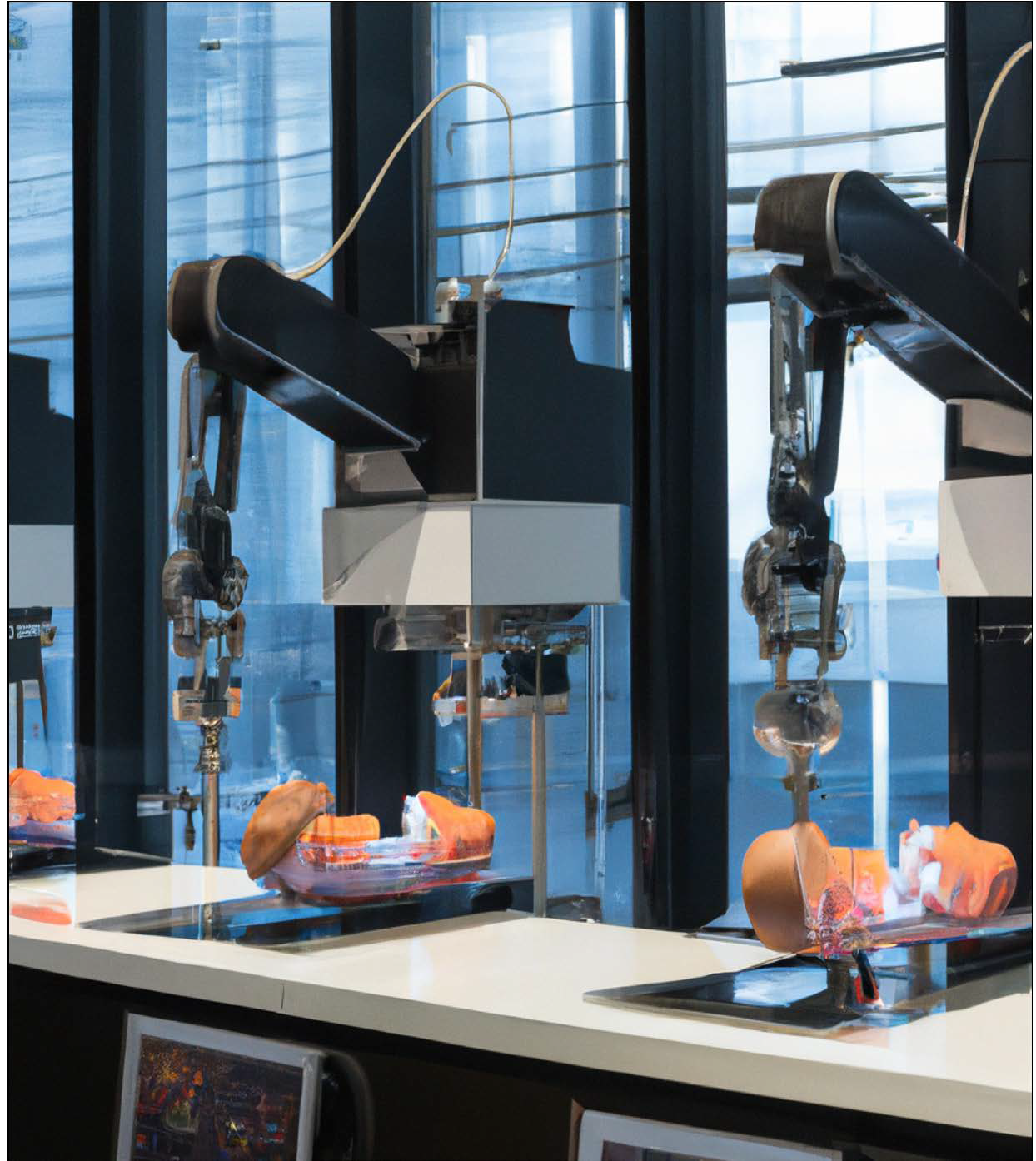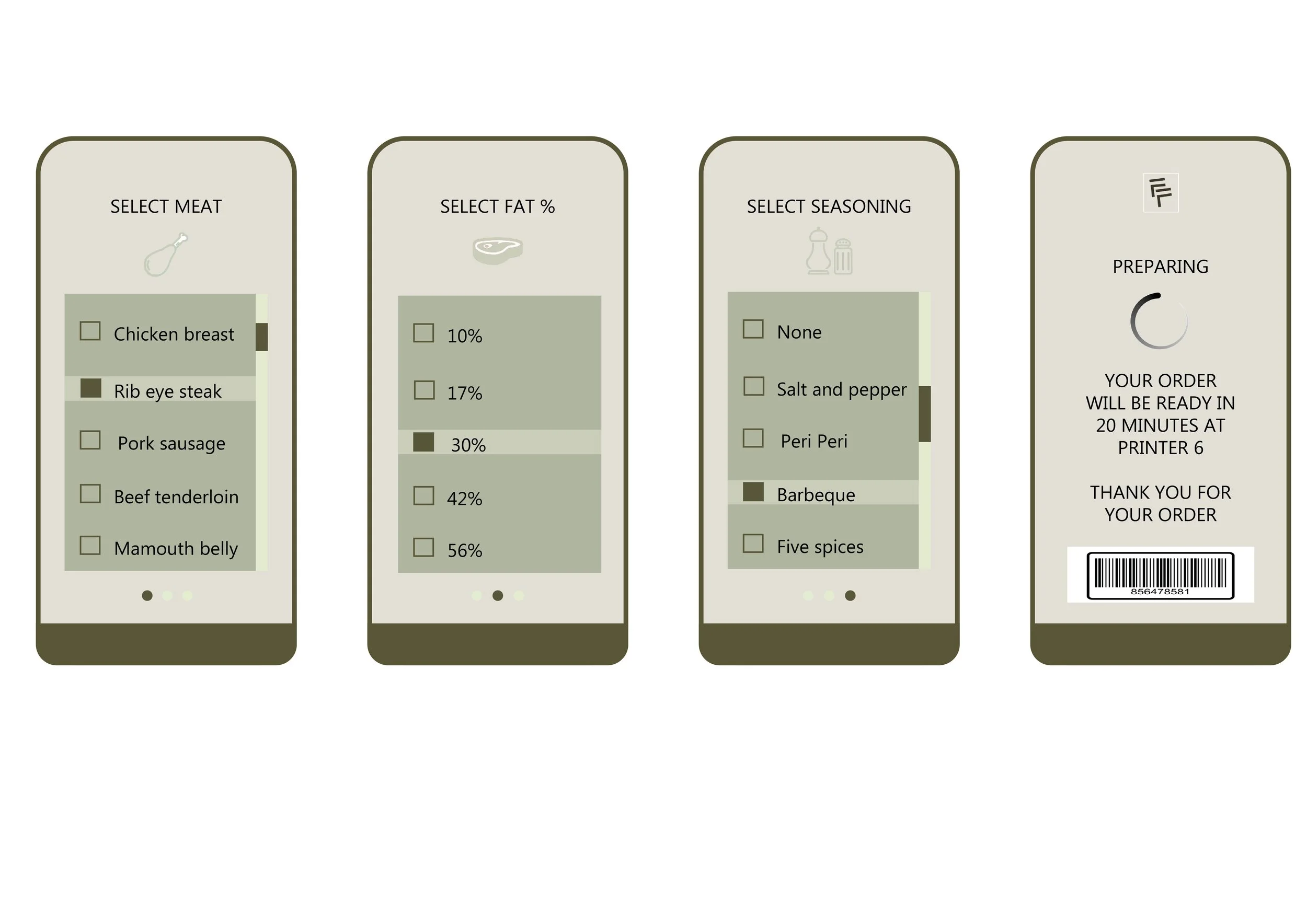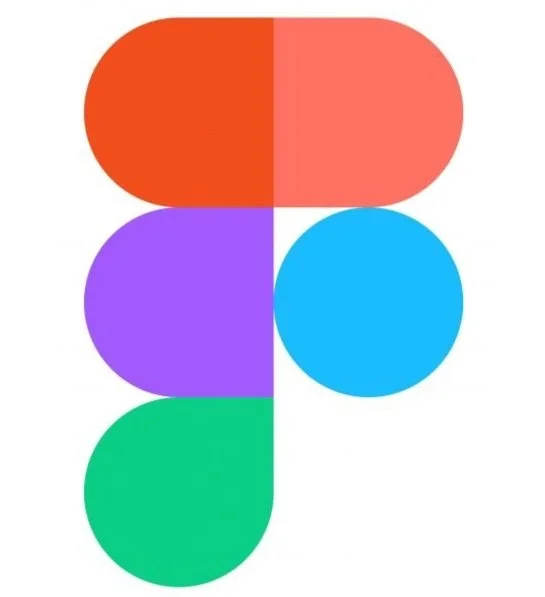Fresh Future
The supermarket of tomorrow
What the world of 2050 would look like?
This is the question J. Paul Neeley asked me and my team to answer during a five-week-long project. We have imagined what the future of food consumption and distribution, more specifically, the supermarket industry would look like in three decades. In this speculative design project, we explore different probable and preferable scenarios, their challenges and solutions. Joining creativity and an in-depth research of current social and technological trends, we investigate innovative designs, strategies and technologies that might revolutionise the way we consume food.
My Role
I have contributed to the creation of the self-initiated brief, conducted research through the study of scientific literature and poles, and designed potential solutions based on an informed opinion of the latest technological trends and collective aspirations. I produce content to create an immersive experience for clients, aiming to broaden the horizons of what their business could be and prepare them for the transition to tomorow’s industry standards.
The vision
Climate change and a racing world population have profoundly impacted the world of 2050. Megacities are the norm, and space and natural resources a luxury. In this world, the individual regulation of carbon emissions is not just a social injunction anymore but a legal one. These taxes are based on personal consumption, and every aspect of life has been personalised to the extreme and optimised through AI.
In this project, I address a series of key challenges, such as food waste, transportation of goods, packaging, and overall information and education of consumers. Through innovative design, my team convey the vision of the future of food distribution, with objectives of carbon reduction and positive social impact.
Customer experience
colour palette
Logo
typeface
The eco-conscious supermarket
Fresh Futures is a supermarket chain with a mission to offer consumers ecological and sustainable food alternatives. Its soft colour palette enhances this aspect, but the futuristic font conveys an idea of technological advancement. Fresh Futur is branded as a supermarket that values the de-industrialisation of the agrifood industry while using cutting-edge technology to stay competitive and ethical. One of its major sales arguments is the CO2 emissions each of its locations creates, with an average of 32% less emission than other brands.
Welcome to a new shopping experience
Thanks to AR and personal data usage, Fresh Future is at the forefront of the personalised shopping experience.
The Fresh glasses are an augmented reality visual tool that tailors each supermarket visit to customers' specific needs, with different settings highlighting high-nutrition or low-carbon emission foods, blurring undesirable products, and adapting to your diet and allergies. This experience design aims to offer a comforting and clean visual experience that promotes reasonable consumption and reduces visual temptation. The supermarket also offers intelligent detection and reminders of recurring items purchased to never leave with something missing.
For a fully customisable experience, the clients can link their NHS database information and health watch to the Fresh Futures algorythm to receive professional dietary advice based on health and objectives, and customised recipes following specific diets.
A new relationship to packaging
The commitment to better health for our customers and the planet led us to ban all plastics from our shops. For visual comfort and to limit food waste, all packaging is reduced to a minimum. Some are still needed for psychosocial or sanitary reasons and are replaced by transparent or opaque algae wrap. This natural film has many of the qualities of plastic while being easily manufactured, non-toxic and fully compostable at home or in stores. With a fidelity membership, clients can earn cashback on every 500g of algae packaging returned to the shop. The recycled substrate is used as green fertiliser for in-store production.
Many consumers want to make healthier and more eco-responsible choices but lack the means. Through its innovative packaging policy, Fresh Future helps customers make educated choices about food purchases. This system helps reduce visual overstimulation, resulting in decreased overconsumption. Stripping products from non-essential information gives consumers clear access to core information. Fresh Futures grading system includes health-related data and social responsibility, carbon, and water scores to help you make a better food purchasing decision.
A new way to produce
One of the challenges of urbanisation in 2050 is bringing produce into cities. To reduce food transportation, Fresh Futures supermarkets have a large in-store production. When you shop at Fresh Future, you are assured that a minimum of 38% of the offer is produced in-store, with a large selection of meats and fish made on demand.
The livestock problem
Most of the CO2 production from the food industry comes from livestock, after the emission produced by food waste. In 2050, the usage of protein 3D printing technology, also known as Meat 3D printing, for professionals is widely spread. Compared to raised animals, it is cost-efficient for businesses and very competitive carbon and price-wise. It allows consumers to rediscover the sensation of meat at a lower price point and carbon emission. A wide range of personalisation is available on printed meats, including pork, chicken and turkey. 3D printing also allows the supermarket to innovate and, without the constraints of livestock farming, new products of extinct species such as dodo, beef, and mammoth are now available!
Finding meaning in food production
Transportation of goods is one of the major areas of carbon consumption, especially as we estimated that about 30% to 50% of a supermarket's annual fruit and vegetable consumption in England could be produced in-house or within a few kilometres radius in high urban density areas, with a reduced carbon impact. Fresh Futures supermarkets have an agricultural facility in each of their location, producing for the shop or neighbouring ones.
Different techniques are used to make this production as efficient as possible. Hydroponic and aeroponic growing methods, also known as vertical farming, significantly reduce the farming space needed while maximising yield. These methods do not require soil, and recycled algae packaging is used as a primary source of natural fertiliser. Other methods, such as polytunnels, are excellent at conserving heat and water and protecting crops from the elements as extreme weather becomes more prevalent. By using renewable energy and recycling grey water for the irrigation system, the production and distribution of those goods can become carbon neutral in larger stores.
Those innovative farming methods are not only reducing transportation costs and carbon emissions but also giving customers a unique opportunity to reconnect with their plates. In-store farming is seasonal, local, and organic. This means clients can enjoy the freshest produce, harvested at the peak of ripeness and grown pesticide-free. This short circuit allows the consumers to gain control over what they consume.
The social pact
All the measures presented above aim to reduce overall food-related pollution, yet for 2050 supermarkets to exist, actors in the sectors need more incentives to change. The public has a growing demand for ecological, ethical, and natural products, and the social pact made with the consumer would be the foundation of this revived approach. This new supermarket type fills a market gap and offers sustainable products at a reasonable price point. More importantly, it participates in the community as a service provider, of course, but also as an educator, aiming to inform and advice, revalorisating the agricultural status and reconnecting the urban population to natural processes. These principles translate to open days for classes in the supermarket's agricultural facilities, education on produce seasonality and more work opportunities revolving around sustainable food production. The future of supermarkets must be thought of at a human scale, with the help of local actors.
The futur starts today
How to make the transition?
All those measures stay abstract in our contemporary world. To realise this future, the gradual changes we can make today are:
At the state level: policies need to be created to trace and cap imports, promote local production, and ban non-recyclable plastics.
At the supermarket scale: grading systems display product health or eco-responsibility scores to better inform the consumer, development of a reward system for the use of reusable containers and promotion of self-packaging for better portion control, generalisation of on-site kitchen to produce more transformed items in shop, offer dietary recommendations based on customers' profiles.
Toolkit
Settings: Highlight: Allergies:
Keto diet High protein content Peanut
Low carbon score Soy


















